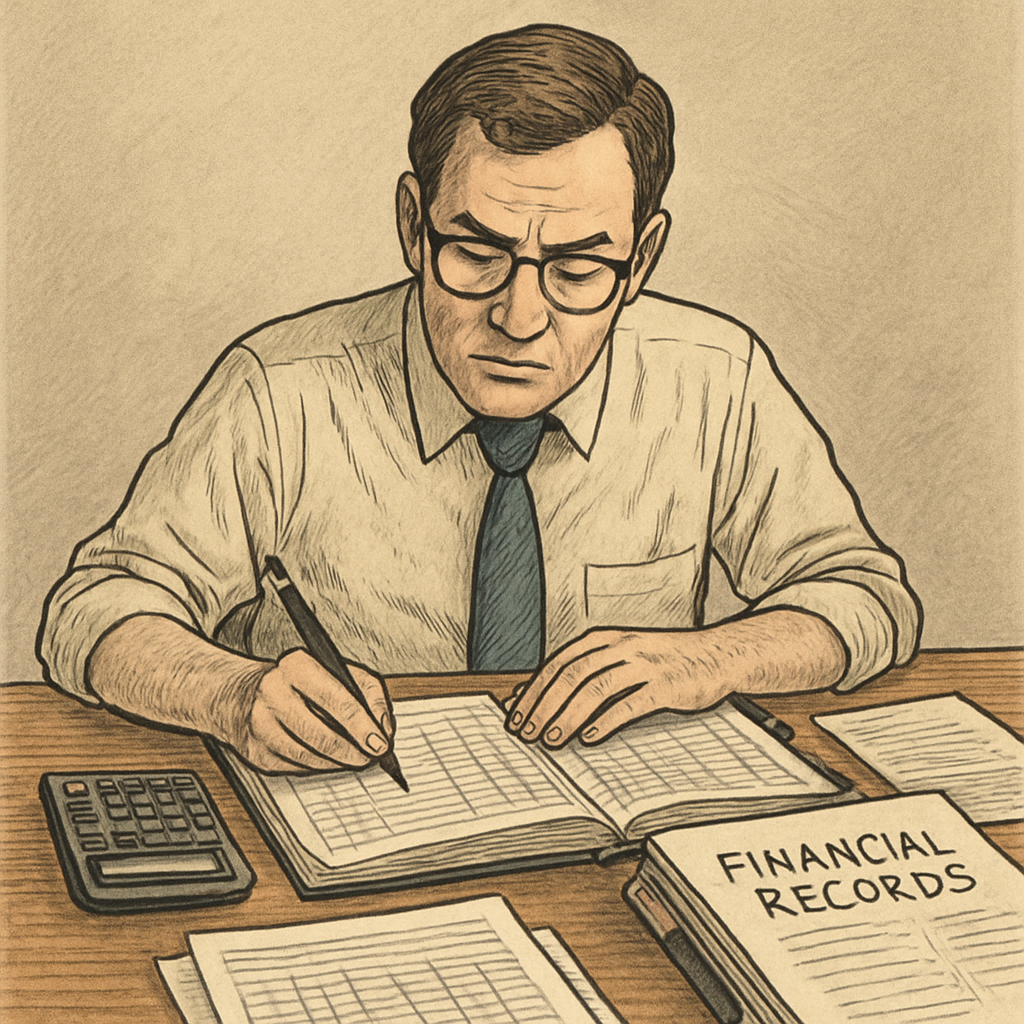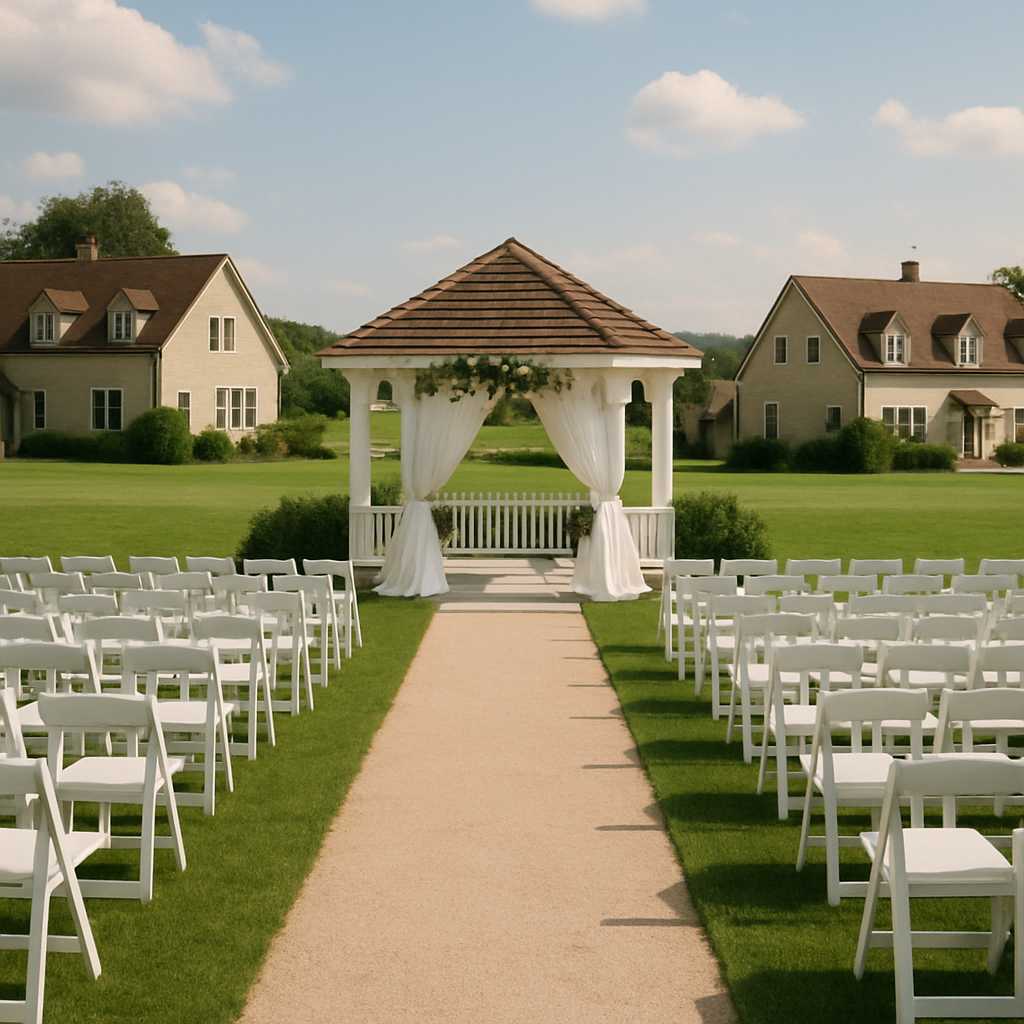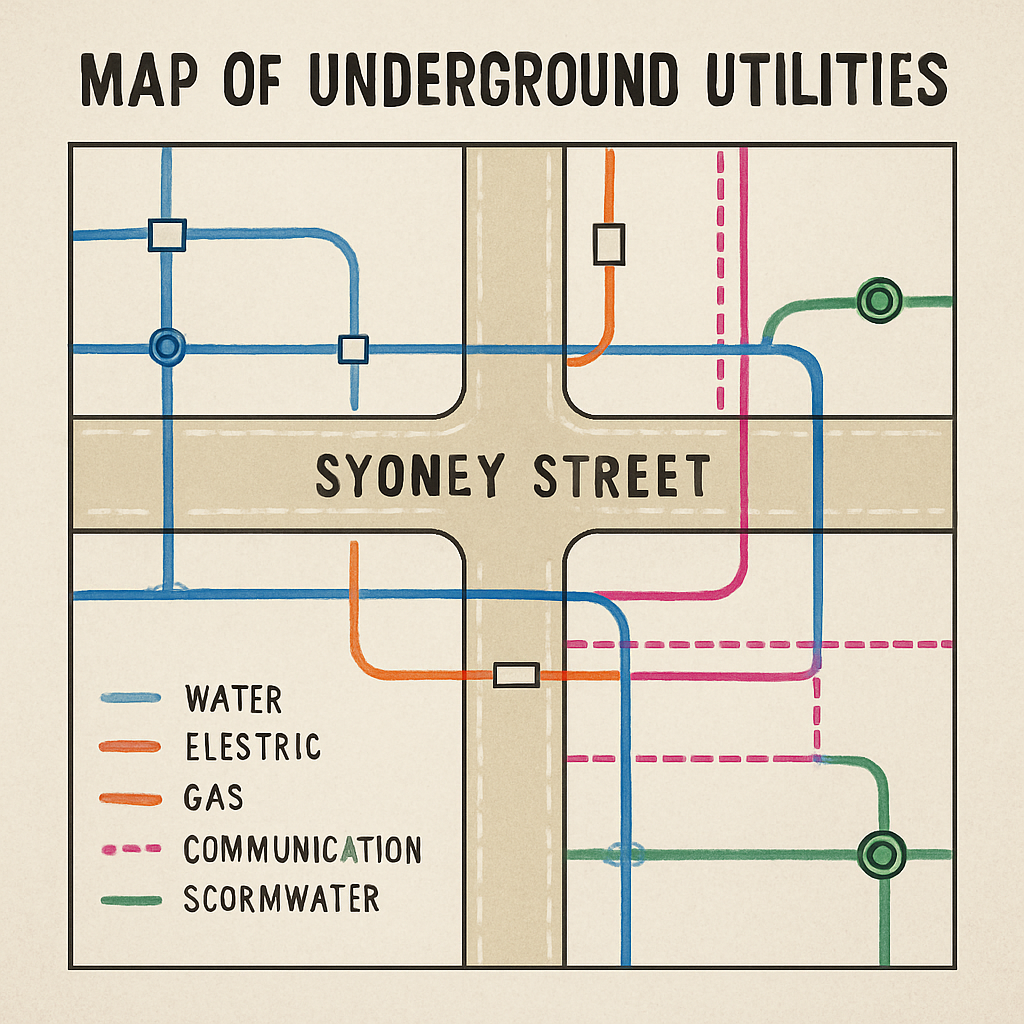Planning for retirement involves many important decisions. One of the most significant is choosing where to live.
Retirement villages offer a popular solution. They provide a community environment, security, and a range of amenities. But how do you find one that’s affordable?
In New South Wales (NSW), there’s a wide variety of retirement villages. Some are more affordable than others. Understanding what influences these costs can help you make an informed decision.
This guide will explore affordable retirement villages in NSW. We’ll delve into what makes a retirement village affordable and how to find one that suits your budget and lifestyle.
Whether you’re planning for your own retirement or helping a loved one, this guide will provide valuable insights.

Understanding Retirement Villages in NSW
Retirement villages are residential communities designed for seniors. They offer a range of accommodations and services tailored to the needs of older adults.
In NSW, the demand for retirement villages is growing. This is due to an aging population and a desire for a secure, community-focused lifestyle.
Retirement villages in NSW offer a variety of benefits. These include access to health services, recreational activities, and communal areas. They also provide the opportunity for aging in place, accommodating changing health needs.
However, the cost of living in a retirement village can vary greatly. It’s influenced by factors such as location, facilities, and the type of accommodation.
Here are some key facts about retirement villages in NSW:
- They cater to a diverse range of financial situations.
- They offer different types of contracts and financial models.
- They are regulated by the NSW government to ensure residents’ rights and protections.
The Benefits of Retirement Village Living
Living in a retirement village offers many benefits. One of the main advantages is the sense of community. Residents often form close friendships and enjoy a rich social life.
Retirement villages also provide a secure environment. They often have security measures in place and staff available 24/7. This can provide peace of mind for both residents and their families.
Another benefit is the range of amenities and services. These can include health services, recreational facilities, and communal areas. Some villages even offer transport services to local amenities.
Lastly, retirement villages can accommodate changing health needs. This allows residents to age in place, without the stress of having to move as their health changes.
Types of Retirement Village Accommodations
Retirement villages offer a range of accommodations. The most common type is independent living units. These are self-contained homes that allow residents to live independently while having access to village amenities.
Serviced apartments are another option. These provide a higher level of support, including meals, cleaning, and laundry services. They’re a good choice for those who need a bit more help with daily tasks.
Some retirement villages also offer assisted living or high care accommodations. These are designed for residents who need regular medical care or assistance with daily activities.
Finally, many retirement villages offer respite care services. These provide short-term accommodation for seniors recovering from illness or surgery, or for those whose caregivers need a break.
Learn more about How to access My Aged Care Services here >>
Affordability in Retirement Villages
When it comes to retirement villages, affordability is a key concern for many seniors. However, affordability is not just about the cost. It’s also about the value for money and the quality of life that a retirement village offers.
In NSW, there are retirement villages to suit a range of budgets. Some are run by not-for-profit organizations, which can offer more affordable options. Others may offer financial assistance or support programs for low-income seniors.
Here are some factors that can influence the affordability of a retirement village:
- The type of accommodation
- The range of facilities and services
- The location of the village
- The type of contract and financial model
What Determines Affordability?
Affordability in retirement villages is determined by several factors. The first is the type of accommodation. Independent living units are usually the most affordable option, while serviced apartments or high care accommodations can be more expensive.
The range of facilities and services also plays a role. Villages with more amenities, such as health services or recreational facilities, may charge higher fees. However, these services can also enhance the quality of life for residents.
The location of the village can also affect the cost. Villages in more desirable locations, such as coastal areas or major cities, are often more expensive.
Finally, the type of contract and financial model can influence affordability. Some villages offer different payment options or financial arrangements, which can make it more affordable for some seniors.
Understanding Fees: Entry, Recurrent, and Exit
When considering a retirement village, it’s important to understand the different types of fees. These can include entry fees, recurrent charges, and exit fees.
Entry fees are the initial cost of moving into a retirement village. They can vary greatly depending on the type of accommodation and the location of the village.
Recurrent charges are ongoing fees that cover the cost of living in the village. They can include things like maintenance fees, service charges, and special levies.
Exit fees are charged when a resident leaves the village. They can include costs for refurbishing the unit, administration fees, and a share of any capital gain or loss.
Understanding these fees can help you assess the affordability of a retirement village and make an informed decision.
Choosing the Right Retirement Village in NSW
Choosing the right retirement village in NSW involves careful consideration. It’s not just about finding an affordable option, but also a place where you can enjoy a comfortable and fulfilling retirement.
Each retirement village is unique, offering different types of accommodation, facilities, and services. It’s important to visit several villages, ask questions, and compare what they offer.
Remember, the right retirement village for you is one that meets your needs, fits your budget, and enhances your quality of life.
Location and Amenities
The location of a retirement village is a crucial factor. Consider its proximity to family, friends, and local amenities such as shops, medical facilities, and recreational areas.
The amenities and services offered by the village are also important. These can include communal areas, health services, recreational activities, and transport services.
Consider your lifestyle and interests. If you enjoy gardening, look for a village with outdoor spaces. If you value community engagement, check the social activities on offer.
Ultimately, the best location and amenities are those that align with your lifestyle and preferences.
Legal and Financial Considerations
Before moving into a retirement village, it’s important to understand the legal and financial implications. This includes understanding the contract, the fees, and any government regulations.
Contracts for retirement villages can be complex. They often include details about entry fees, recurrent charges, exit fees, and the re-sale process. It’s advisable to seek legal advice before signing.
Understanding the fees is also crucial. This includes not only the initial cost but also the ongoing charges and any potential exit fees.
Finally, be aware of any government regulations or subsidies that may apply. These can affect the cost of living in a retirement village and your eligibility for certain villages.
Making the Transition to a Retirement Village
Making the transition to a retirement village is a significant life change. It involves not only a physical move but also a shift in lifestyle and routine.
Planning ahead is key. Consider your future health and mobility needs, and how these might be accommodated in a retirement village.
It’s also important to involve family in the decision-making process. They can provide support, help with the move, and assist in assessing potential villages.
Remember, moving to a retirement village is about enhancing your quality of life. It’s about finding a place where you can enjoy your retirement years in comfort and security.
Downsizing and Preparing for the Move
Downsizing is often a necessary part of moving to a retirement village. This involves reducing the amount of personal belongings and adapting to a smaller living space.
Start by sorting through your belongings. Decide what to keep, what to give away, and what to sell or donate.
Consider the space and storage available in your new home. This can help guide your decisions about what to keep.
Remember, downsizing can be an emotional process. It’s okay to take your time and ask for help if needed.
Visiting and Assessing Potential Villages
Visiting potential retirement villages is a crucial step in the selection process. It’s an opportunity to see the village firsthand, meet the staff and residents, and assess the facilities and services.
Prepare a list of questions to ask during your visit. This might include questions about the fees, the contract, the facilities, and the services available.
Take note of the atmosphere and the community. Do the residents seem happy and engaged? Is the staff friendly and helpful?
Finally, consider a trial stay if it’s available. This can give you a better sense of what it’s like to live in the village.
Conclusion and Next Steps
Choosing an affordable retirement village in NSW is a significant decision. It requires careful research, planning, and consideration of your individual needs and circumstances.
Remember, the goal is to find a place where you can enjoy a comfortable, secure, and fulfilling retirement. Take your time, ask questions, and make the decision that’s right for you.




